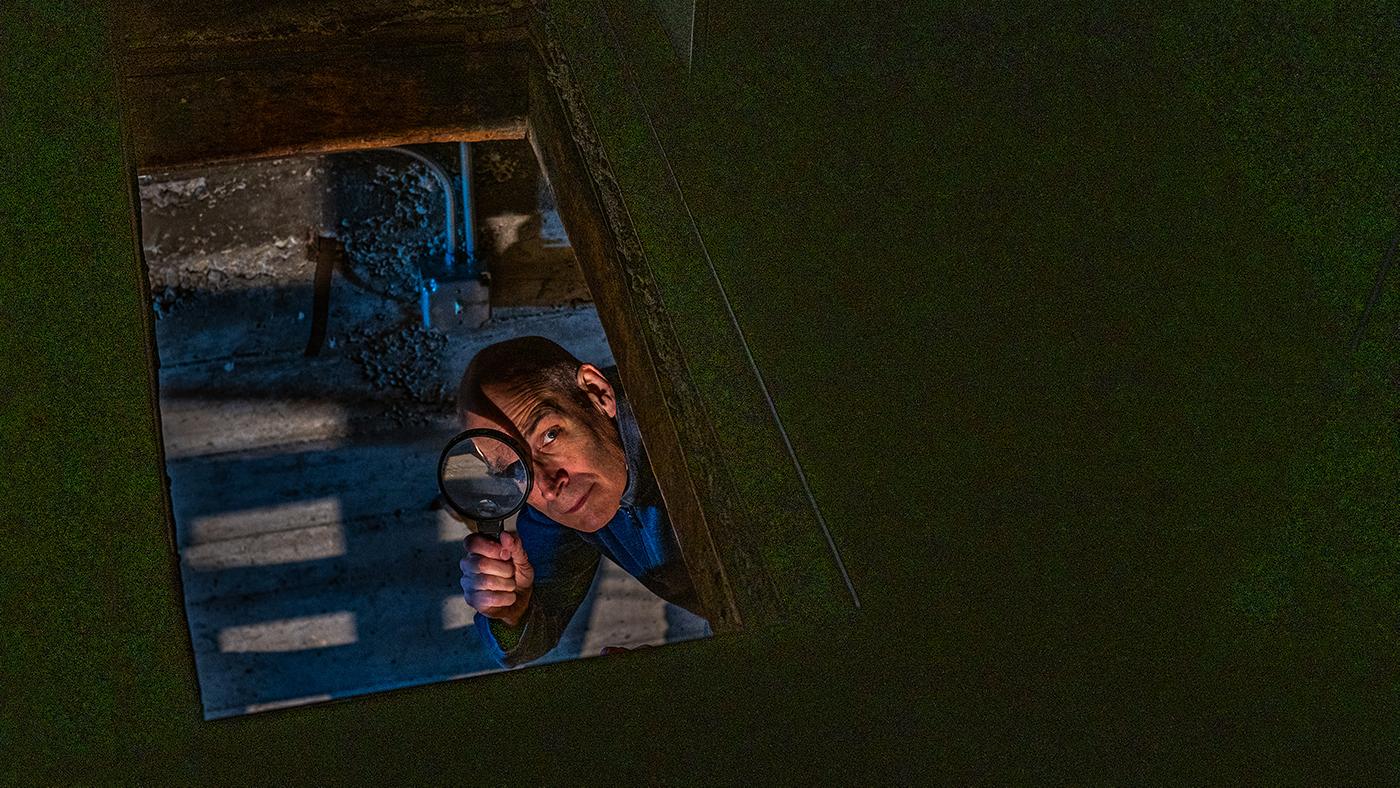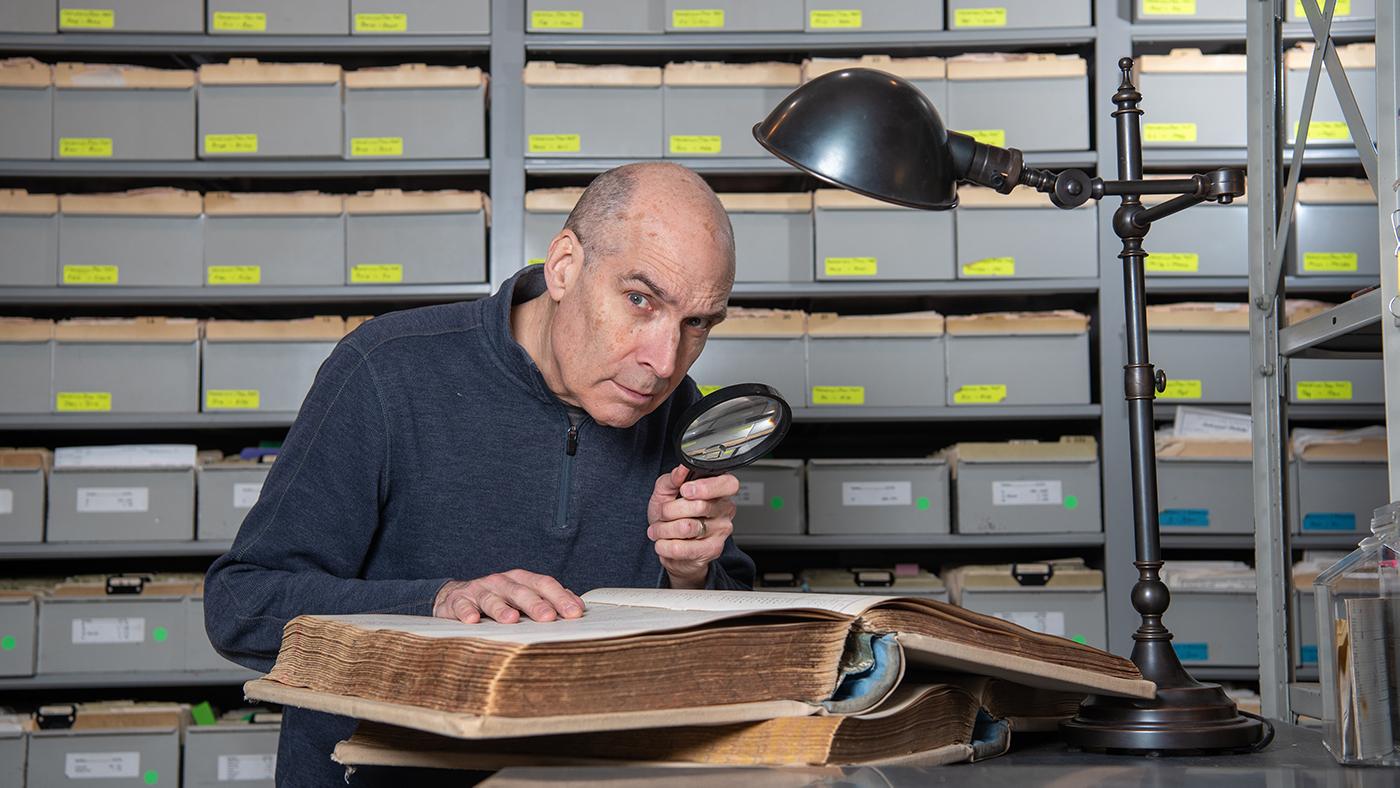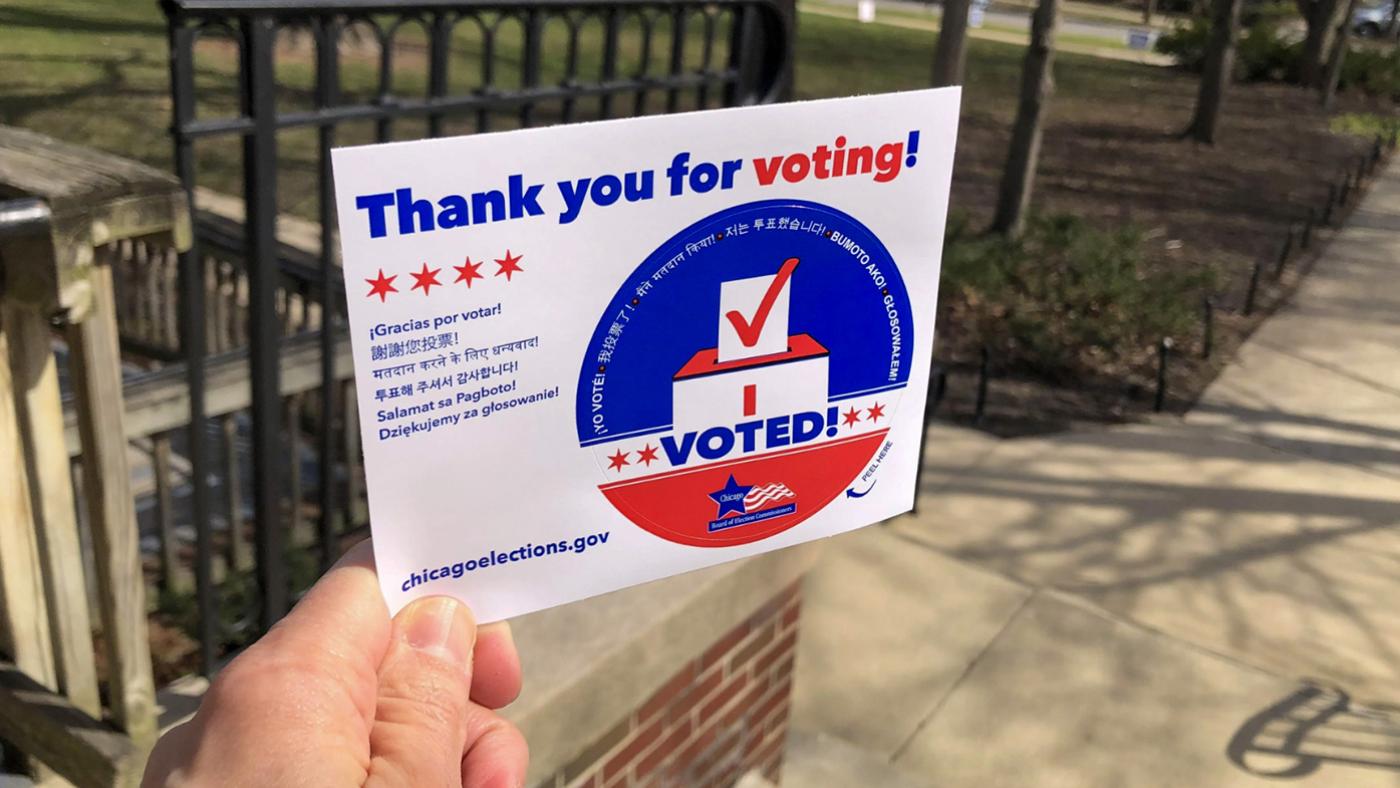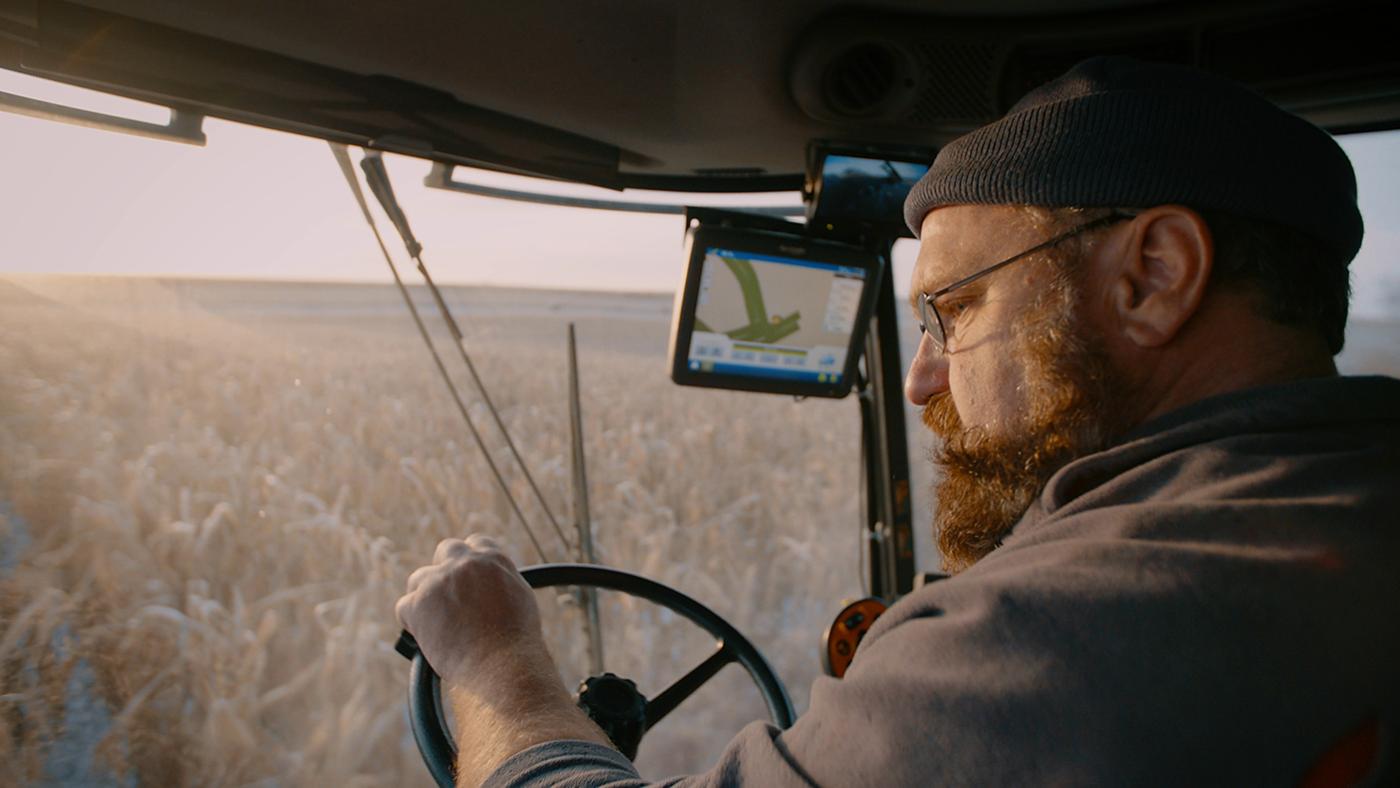The Selfless Volcanologist Who Saved a Life at Mt. St. Helens
Daniel Hautzinger
January 30, 2018
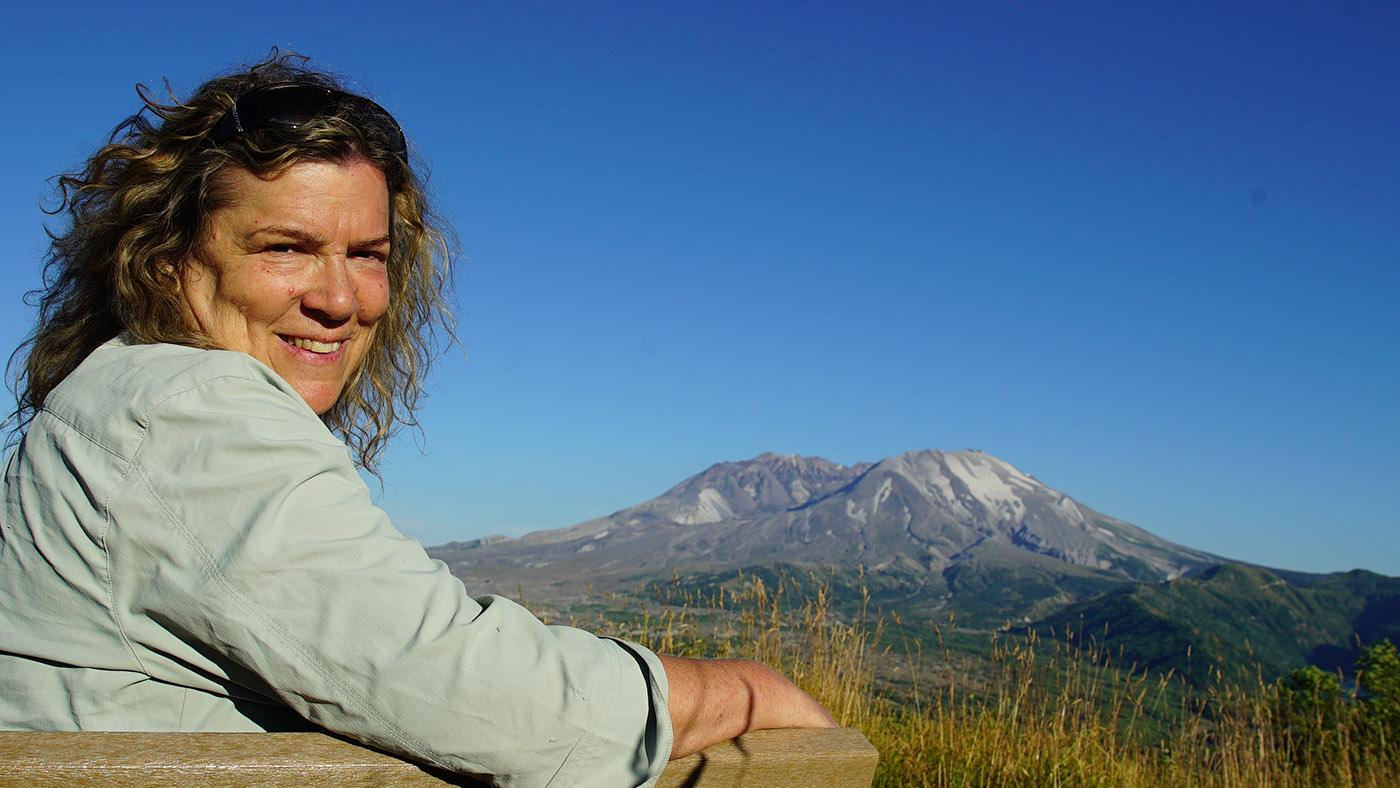
We’ll Meet Again airs Tuesdays at 8:00 pm and is available to stream.
When Pat Ruthenberg was first contacted to be a part of Ann Curry’s new PBS series We’ll Meet Again, she didn’t want to do it. Pat is reserved and had never been on TV before, and wasn’t sure that she wanted to revisit a vestige of the most tragic part of her life on camera. But when she learned of Mindy Brugman’s eagerness to meet and thank her, Pat changed her mind.
“Mindy’s enthusiasm convinced me,” Pat says. “I could tell that doing this meant a lot to her.” What about this meeting was so important to Mindy? Why did she want to meet Pat as part of a show that reunites people who met during monumental events and had their lives changed forever?
Ann Curry, who executive-produced and reported We’ll Meet Again and whose parents have their own dramatic reunion to thank for their marriage, believes there is something uniquely powerful driving the people, like Mindy who appear in the show. “Ultimately, these stories are about our wish to reconnect, and love, and be loved,” Curry says. “That wish is intrinsic to how we’re made and who we are.”
38 years ago, in 1980, Mindy was a doctoral student studying glaciers on Washington State’s Mount St. Helens. The long-dormant volcano soon stirred to life, threatening an eruption. On the advice of geologists, including a young volcanologist named David Johnston, Washington’s governor had established a safety zone around the mountain from which people were ordered to evacuate. Johnston and his colleagues were monitoring the mountain from an observation point within that zone, only six miles from the volcano’s crater.
On May 17, a Saturday, Mindy was granted clearance to visit that observation point in order to do more glacier research. Eager to continue her studies, she wanted to camp overnight, but Johnston refused to let her. The next morning, Mount St. Helens erupted, pulverizing the observation point, with David Johnston still there.
Pat Ruthenberg had been having a wonderful weekend; on the day the volcano erupted, she was enjoying herself too much to spoil it by answering the phone. But a call finally got through to her from her parents, who told her that David – her brother – had died. “That was the longest night of my life,” she says.
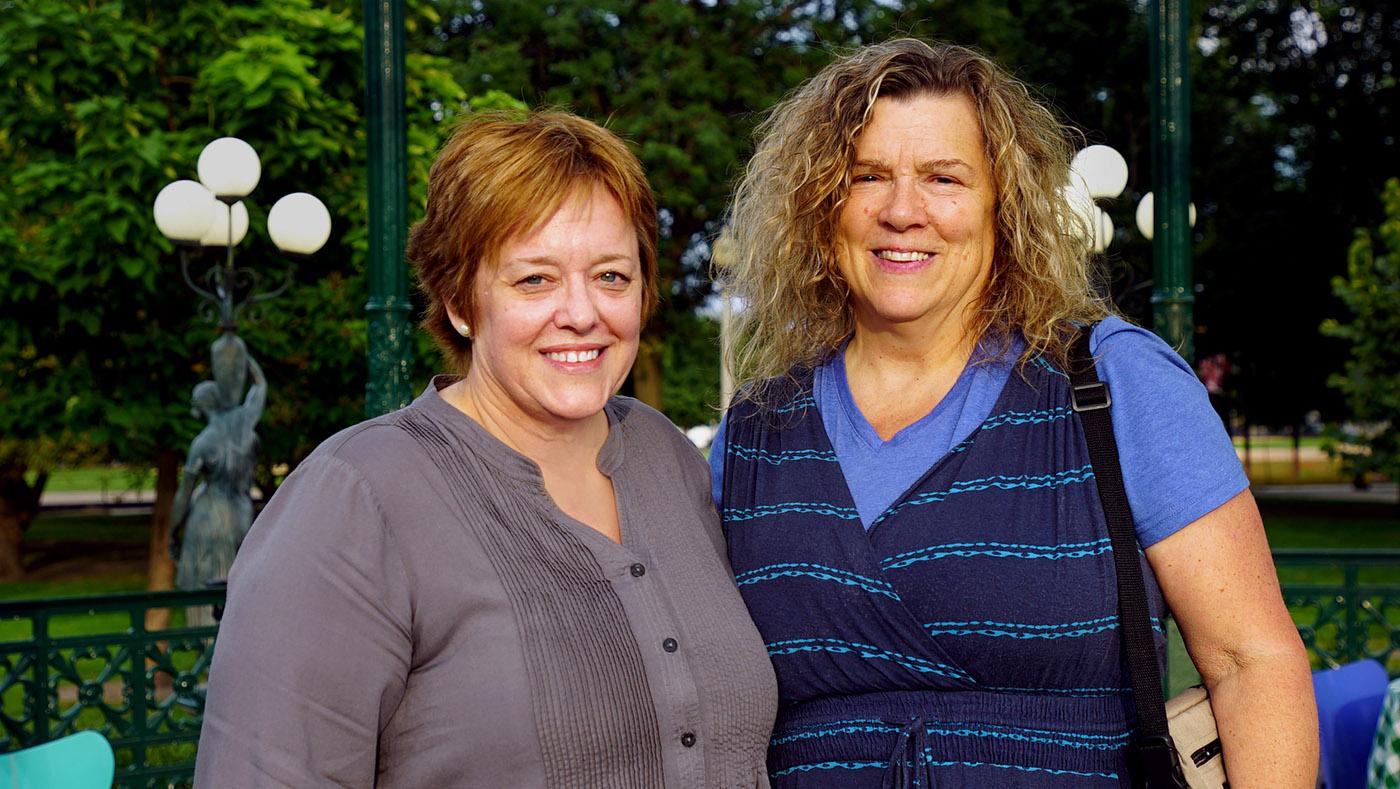 Nearly four decades after the eruption of Mt. St. Helens, Pat Ruthenberg and Mindy Brugman met so that Mindy could thank Pat for her brother's bravery. Photo: Simon Harries/Blink Films
Nearly four decades after the eruption of Mt. St. Helens, Pat Ruthenberg and Mindy Brugman met so that Mindy could thank Pat for her brother's bravery. Photo: Simon Harries/Blink Films
All these decades later, Mindy wanted to track down David’s family and tell them how he had saved her life. His parents are no longer alive, but Pat, who is a retired physical therapist and lives in a suburb of Chicago, was particularly close to her brother. “People talk about survivor’s guilt, and I have that,” she says. “Because David achieved so much in his short life, and he could have achieved so much more. He was an astonishing, extraordinary person. So part of why I agreed to do We’ll Meet Again was to commemorate him. He deserves it.”
For the same reason, Pat has also given her blessing to a friend who is writing a biography of David. “David worked really hard to be successful,” Pat remembers. “He would take a class in something not because he needed to, but just because he wanted to get better at it. He originally wanted to be a journalist like our mom, but then he fell in love with geology. His devotion to it endeared other scientists to him, and he was incredibly likeable. He never bragged about his accomplishments.”
Once, David was on a cliff with another scientist when an earthquake began. Instead of being worried like his companion, David was engrossed in watching the seismograph, simply enthralled by observing the data from an earthquake live and in person. Another time, he needed to climb higher up a mountainside, but the only way up was to shuffle up a narrow chimney with his back and feet pressed against opposite walls. He got to the top, looked over the edge at what he had done, and threw up. “Don’t tell mom,” he warned his sister after relating this anecdote. Then he promptly went and did just that.
The last time Pat spoke to her brother was on Mother’s Day, about a week before the eruption. She was at her parents’ house, and he called to talk to the family. They discussed news reports about Mount St. Helens, the safety zone, and David’s monitoring of the volcano. Days later, Mindy Brugman was one of the last people to see him. Decades after that, Mindy met Pat in a Chicago park to thank her for her brother’s bravery.
“These stories can be incredibly powerful, not just for the people who are reunited, but also for those of us who watch their search for the person who changed their lives,” says Ann Curry. “When we see these people in the show finally able to meet, there is such a value, not just in the beauty of watching their experience, but, as you’re watching them reconnect and struggling to find each other, you recognize yourself. You recognize our capacity for love.”

